Protected species in your backyard? Here's what to do in Australia
How to tackle protected creatures in your home and yard
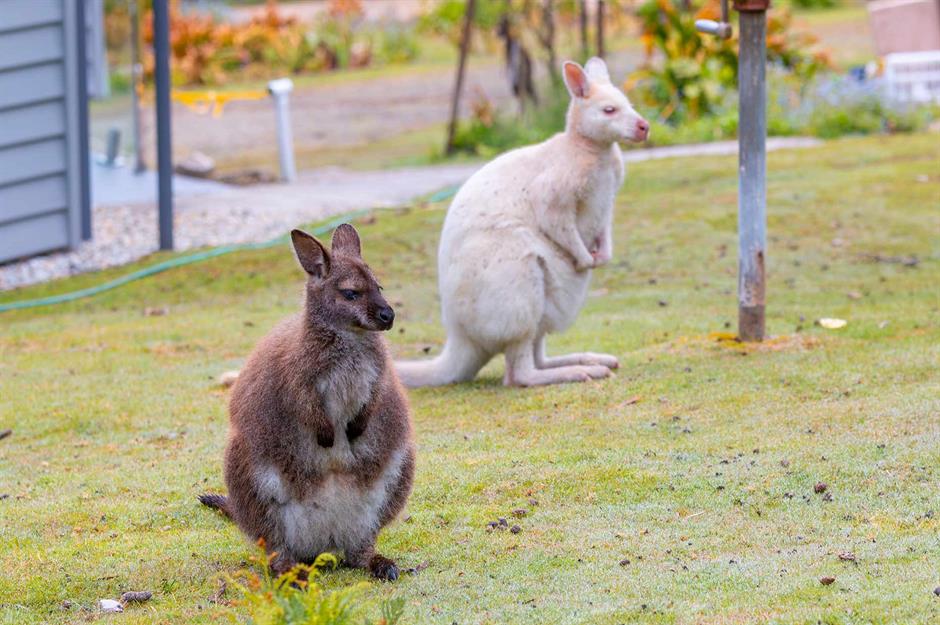
You've probably spent a lot of time, effort and cash on making your home an inviting oasis, but have you made a mistake by creating a haven for a whole host of critters and creatures?
While some common household pests can be deterred and removed with ease, others are protected by law, making it illegal to disturb or harm them. From possums to bats, these animals come with some protection that it would be wise to understand.
Click or scroll through this gallery to learn how to handle these uninvited guests if they take over your home or backyard...
Please note, protected species differ between states and territories. Always check with your local authority for a full list of rules and regulations.
Protected species: beetles

Did you know that one in five of all known species on Earth is a beetle? There are thought to be over 400,000 different beetles around the world. They often get a bad rep, but they play a vital role in a healthy planet.
In Australia, the broad-toothed stag beetle is a protected species. Meanwhile, countless species are protected in New Zealand, including the Cromwell chafer beetle and the Pitt Island longhorn beetle.
Stag beetles (pictured) are abundant in Australia and New Zealand, though there are concerns about their declining numbers. They can generally be found in woodlands, hedgerows, orchards, parks and gardens, where a lot of dead wood can be found – since this is what they feed on.
How to get rid of beetles legally
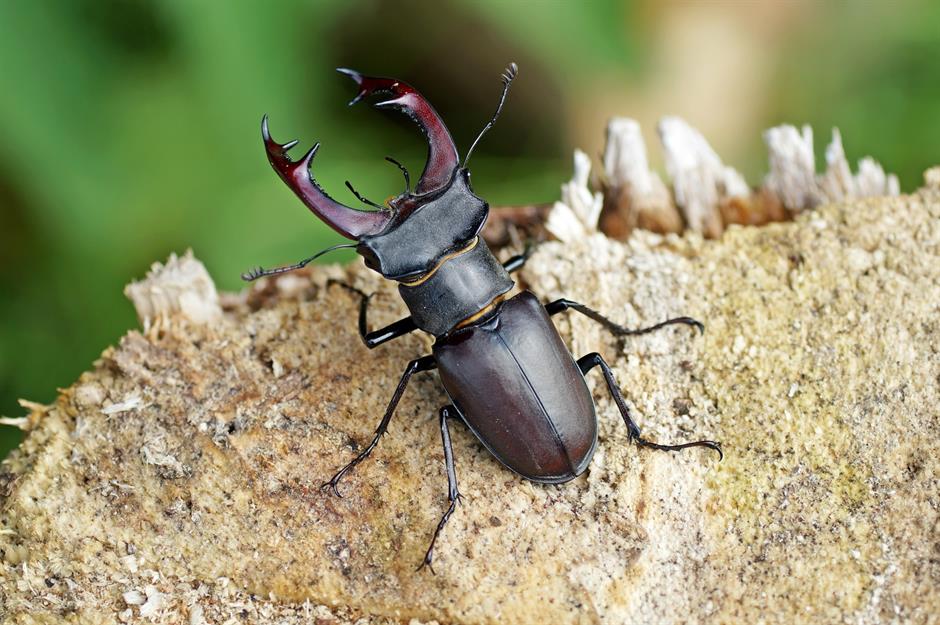
Some gardeners might wish to get rid of beetles, but many are entirely harmless and can actually promote a diverse ecosystem. Since stag beetles only feed on dead wood, they pose no threat to living trees or shrubs, so there's really no need to panic if you see them in your garden.
Encourage stag beetles by retaining old wooden stumps when trees or woody shrubs die, fall or are cut down. This provides essential decaying wood for them to eat.
Since stag beetles are protected, you should not interfere with them. Avoid using pesticides and insecticides in your garden and take care when digging as they lay their larvae underground.
Protected species: frogs and toads
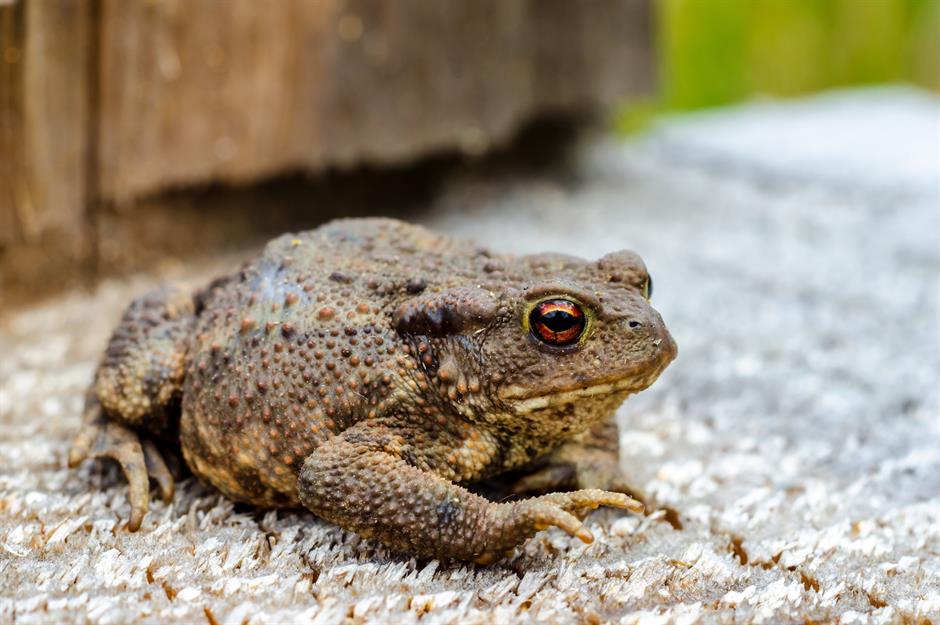
Frogs and toads are little amphibians that might look similar, but there are some key differences. Frogs tend to have sleek, smooth skin that looks wet, even when they’re not in water. They have long legs and are excellent jumpers. Toads (pictured), on the other hand, have bumpy, warty skin and short legs.
Both frogs and toads eat bugs and woodlice. Frogs love slugs and snails, while toads favour ants, so they're great for natural pest control. As amphibians, they need water to survive and love moist conditions, so they can usually be found in and around ponds and marshy areas around the world. In fact, they can be found on every continent except for Antarctica.
How to get rid of frogs and toads legally
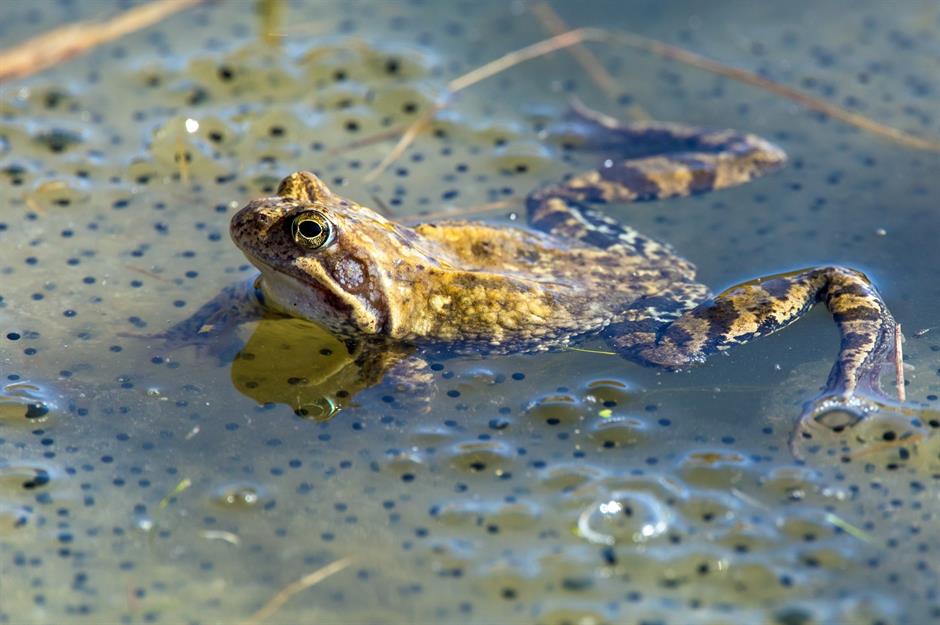
Sadly, many frogs and toads are endangered. According to the IUCN Red List, 41% of all amphibian species are thought to be threatened with extinction. In Australia, frogs and toads are protected since their numbers are in decline. Therefore, you can't do anything to harm or deter them. Instead, you should leave them be.
If a frog is trapped or in danger, move it to another part of the yard that provides cover from predators and extreme weather, such as a compost heap or underneath a shed. You should always wear gloves.
If your yard has an influx of frogs during the spring breeding season, don't panic. They will disperse naturally during the following days and weeks.
Protected species: grasshoppers and crickets
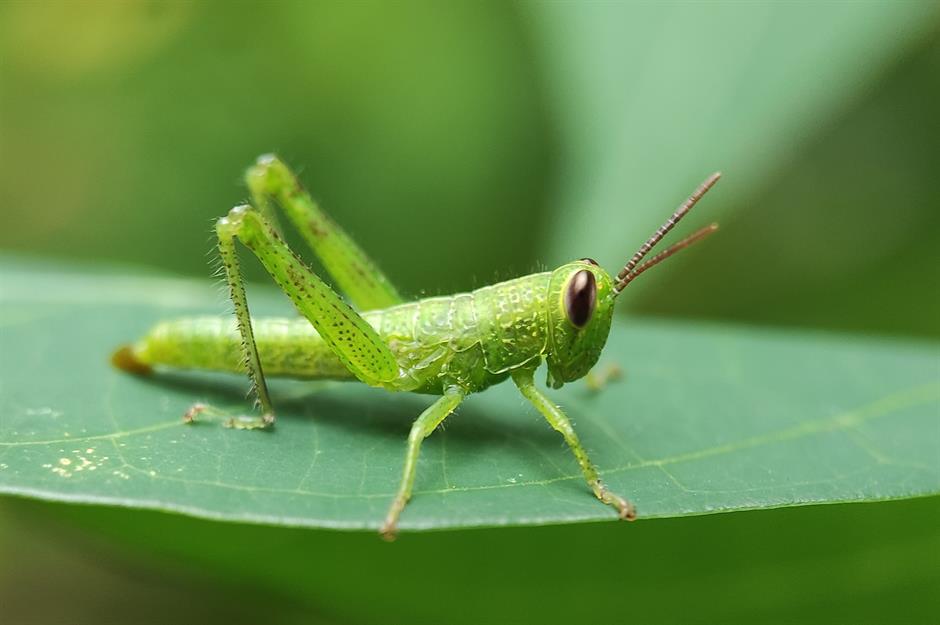
Grasshoppers and crickets can be found in sunny, grassy areas, including yards, throughout the summer months. These distinctive, orthopteran insects have tube-shaped bodies, six long legs and front antennae that are sensitive to touch, smell and, in some species, sound.
As with all insects, they aren't always popular with homeowners and can cause damage to plants, wood and foliage. When they swarm, they can land in gardens in large numbers, which can lead to severe crop destruction. However, you might not be able to do much about it.
How to get rid of grasshoppers and crickets legally
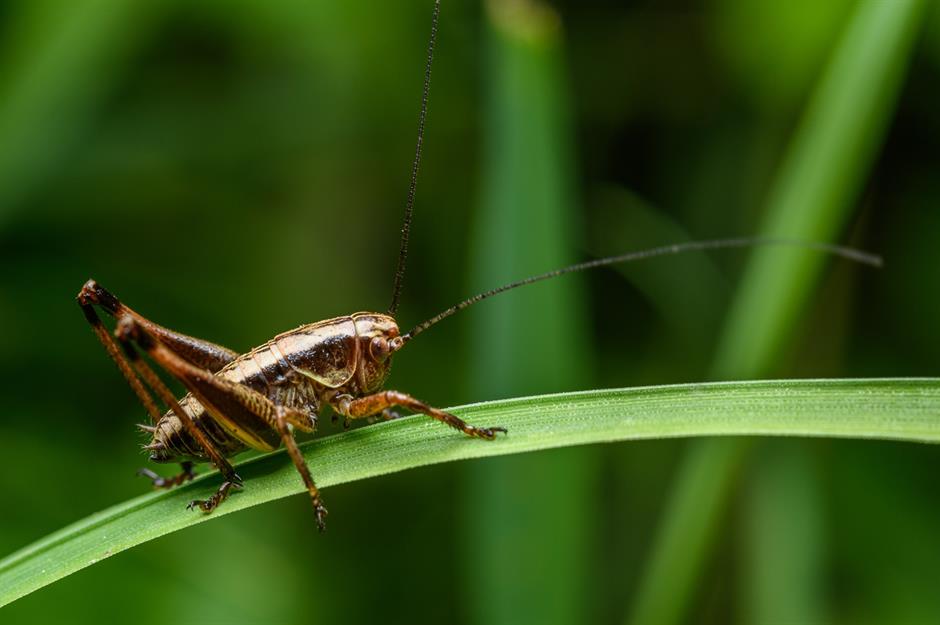
Several species of grasshoppers and crickets are considered endangered in Australia, including the key's matchstick grasshopper and the Schayer's grasshopper. While in New Zealand, the native robust grasshopper is under threat of extinction. These species are protected because they are an important food source for birds and reptiles and their decline could affect entire ecosystems.
If you find them in your garden and they aren't causing any issues, leave them be. You can discourage them by protecting plants with mesh screens or a 'trap crop' – a border of tall grass that will deter them from reaching your harvest. Neem oil is also thought to be an effective natural grasshopper deterrent.
For any infestations, you should consult a professional pest control company with the correct certifications.
Protected species: wombats
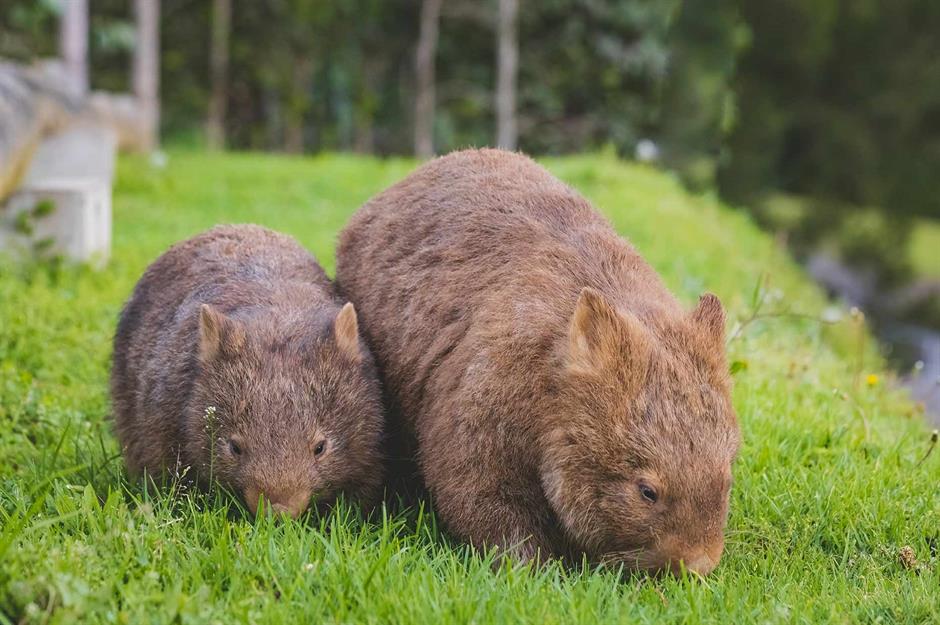
Native to Australia, wombats have round ears, stout bodies and coarse fur. Adult wombats grow to the same proportions as a medium-sized dog. They're the world's largest burrowing animal, thanks to their long, thick claws and are known for their extensive underground burrows.
Unfortunately, these burrows can be destructive to property, which has earned the furry creatures a bad reputation in some areas of the country.
Wombats are endangered and protected by law across Australia, though restrictions are nuanced between species in certain states and territories.
How to get rid of wombats legally
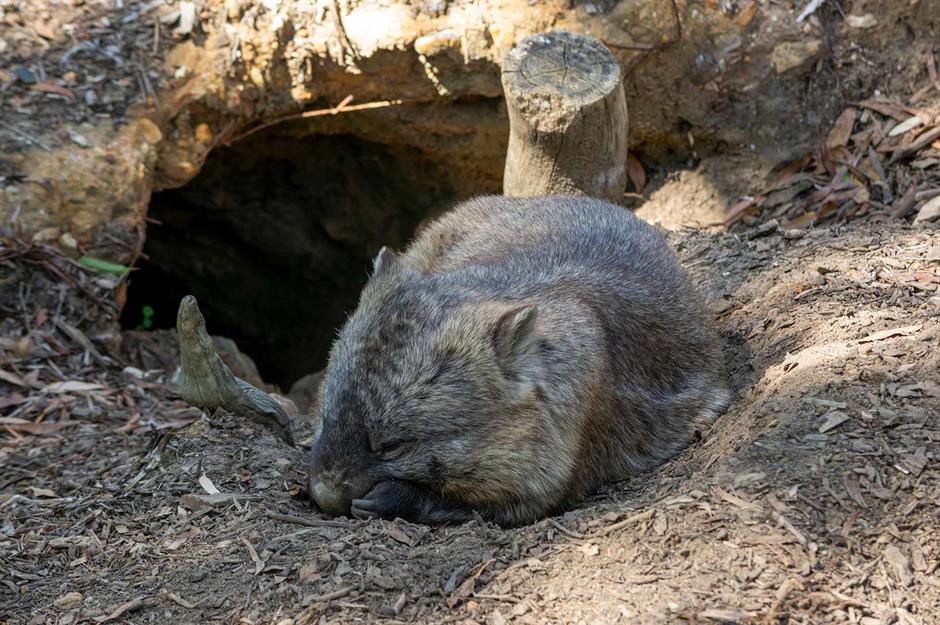
If you find a wombat burrow in your yard, you have a few options. Those happy to share their property can mark the burrow to ensure cars and machinery steer clear. Alternatively, you can install humane one-way doors at burrow entrances to keep wombats from returning.
However, displaced wombats may burrow in a less desirable location. Encourage them to move to a more convenient corner of your yard by filling it with native plants, logs and rocks.
In most areas of Australia, the trapping and relocation of wombats is not permitted and only inactive burrows can be destroyed.
Protected species: wallabies
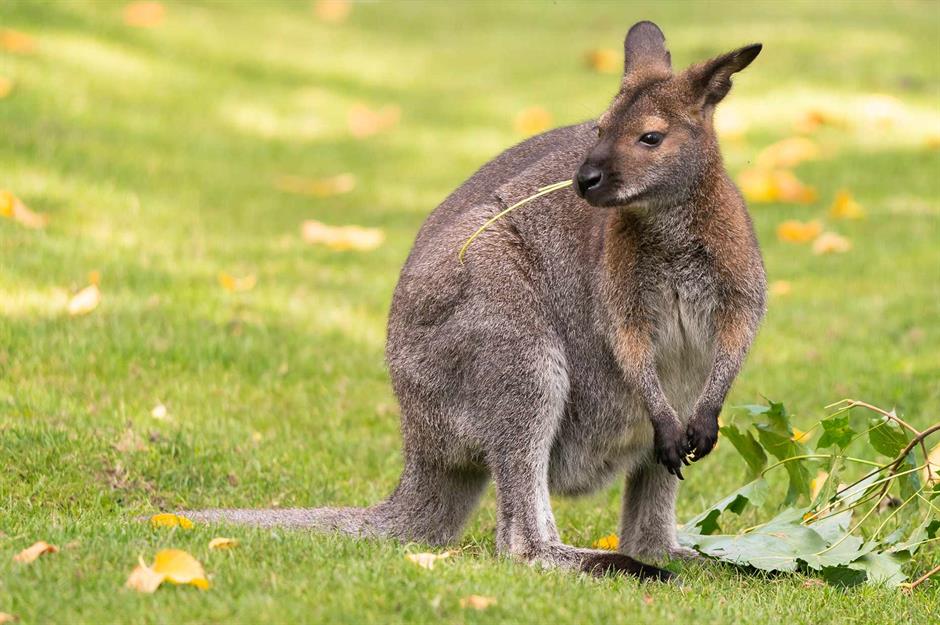
Considered pests in New Zealand, wallabies are legally protected to various extents in Australia under state and territory laws, though some species in Tasmania can still be hunted with a license.
Closely related to kangaroos, the medium-sized furry mammals have powerful hind legs that help them jump and bound at speed.
These herbivores typically feed on grass, plants and fruits, which can create conflict with farmers and green-fingered homeowners, especially since agricultural development has shrunk their natural habitats. Some species are now at risk of extinction.
How to get rid of wallabies legally
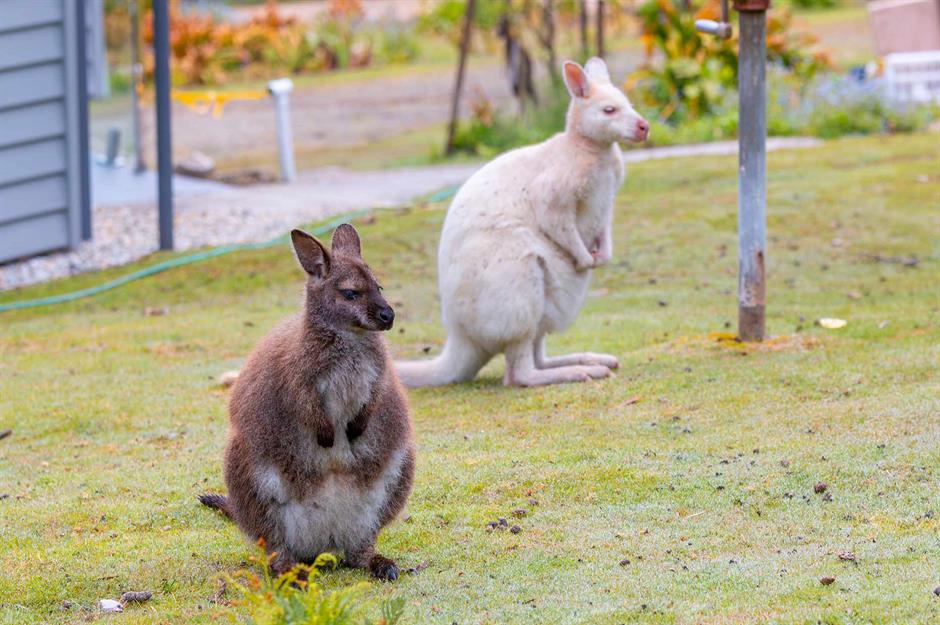
While some states and territories allow control permits if wallabies are causing damage to your yard, the best route is deterrence.
Fencing your property or erecting a mesh tunnel over vegetable patches can help keep wallabies out. Encircling plants with strongly scented herbs and eucalyptus mulch can also dissuade them.
It's a good idea to mow your lawn regularly to discourage grazing and minimise access to water. Motion-activated security lights, sprinklers and ultrasonic deterrents can help to humanely repel these animals too.
Protected species: bats
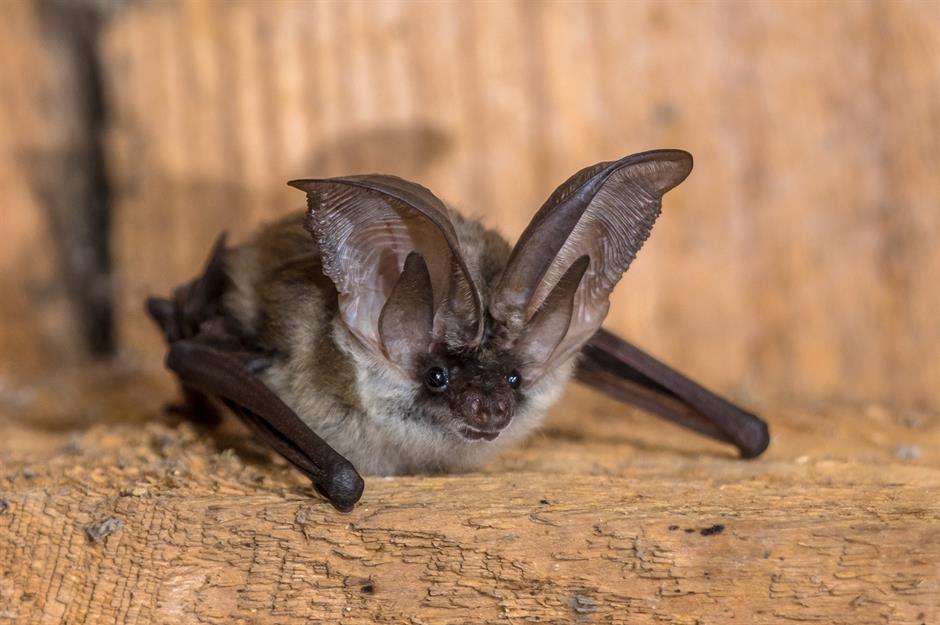
Thanks to folklore and fantasy stories, bats have gained a bit of a bad reputation. However, these nocturnal flying mammals are fascinating. Contrary to popular belief, bats are not blind. They have small eyes and sensitive vision, which helps them see in pitch-black conditions with the help of echolocation or biosonar. Bats emit high-frequency sound pulses and listen to the echo to find their way and track down food.
There are over 1,400 species in the world and they utilise various habitats throughout the year for feeding, roosting and travelling.
Bats like quiet, dark spaces for sleeping and breeding, so they can often find their way into people's attics and outbuildings. This can cause problems if you're hoping to renovate a space that is inhabited by bats.
How to get rid of bats legally
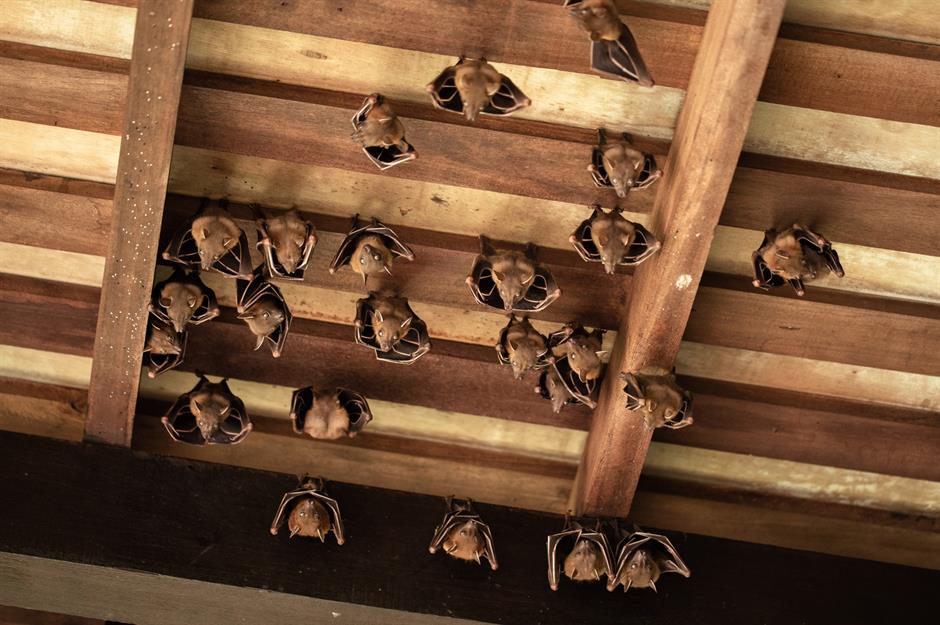
Bats are protected in many countries around the world. In some places, plants depend partly or wholly on bats to pollinate them, plus they help control insect populations.
All Australian species are protected by law. Therefore, you cannot take, injure or destroy a wild bat, or intentionally disturb roosting bats. If you discover bats living in a property you own, then the roost is protected by law. You must ensure that all exit points are not blocked and seek advice from your Statutory Nature Conservation Organisation (SNCO).
Be aware that bats can also carry a rabies strain called Australian bat lyssavirus, but transmission to humans is extremely rare, especially with proper caution.
To deter bats from roosting on your property, ensure your eaves and roof tiles are secure and any small holes in buildings are fixed.
Protected species: possums
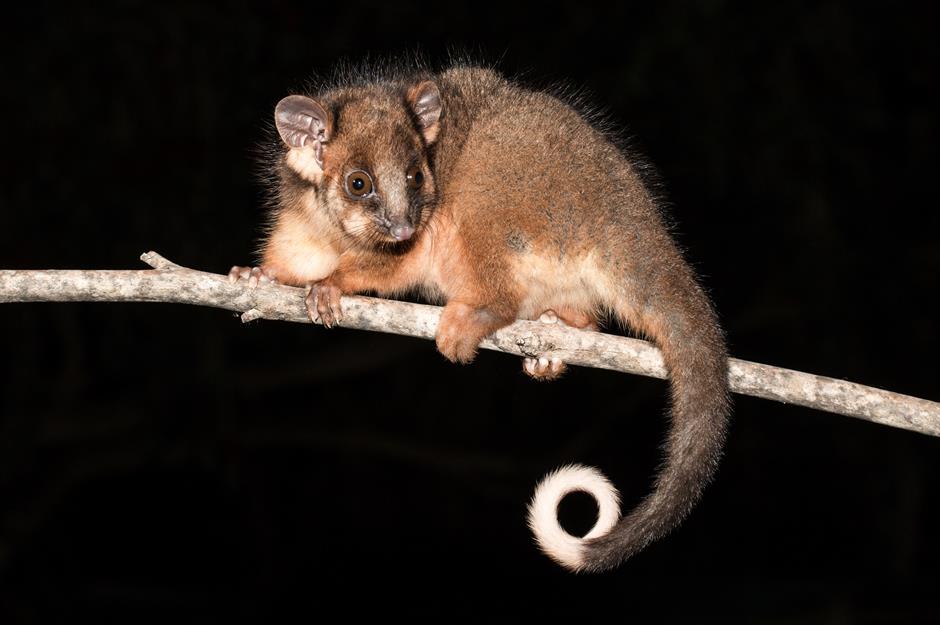
Possums are a type of tree-living marsupial with 70 different types native to Australia and the Indonesian islands of New Guinea and Sulawesi. They are small and tend to have brown fur and strong, sharp claws and feet, which make manoeuvring through trees incredibly easy.
Many possums are dependent on tree hollows where they sometimes set up nests for sleeping, feeding and breeding. This means that they are often found in yards, as well as underneath decking or in trash cans. They are timid and will play dead if they feel threatened. They do, however, carry diseases including leptospirosis.
How to get rid of possums legally
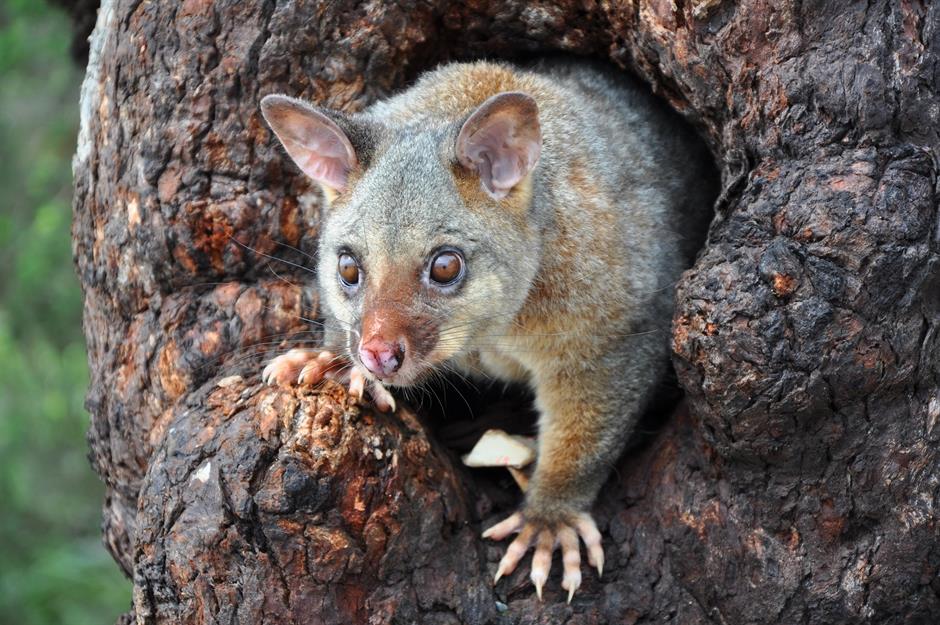
Homeowners shouldn't worry too much. Possums are useful to have around since they eat ticks, cockroaches, rats and mice. To deter them, ensure you block any holes in porches, decking and sheds and weigh down bin lids to prevent them from entering.
In Australia, possums are protected under the Wildlife Act 1975, so it's illegal to harm, harass or interfere with them. However, common brushtail possums living within buildings and private gardens may be controlled. You are allowed to humanely trap one and release it elsewhere on the same property. There are specific guidelines around removal, so do your research or approach a professional before taking any action.
Contrastingly, possums are considered to be significant pests across the water in New Zealand.
Protected species: snakes
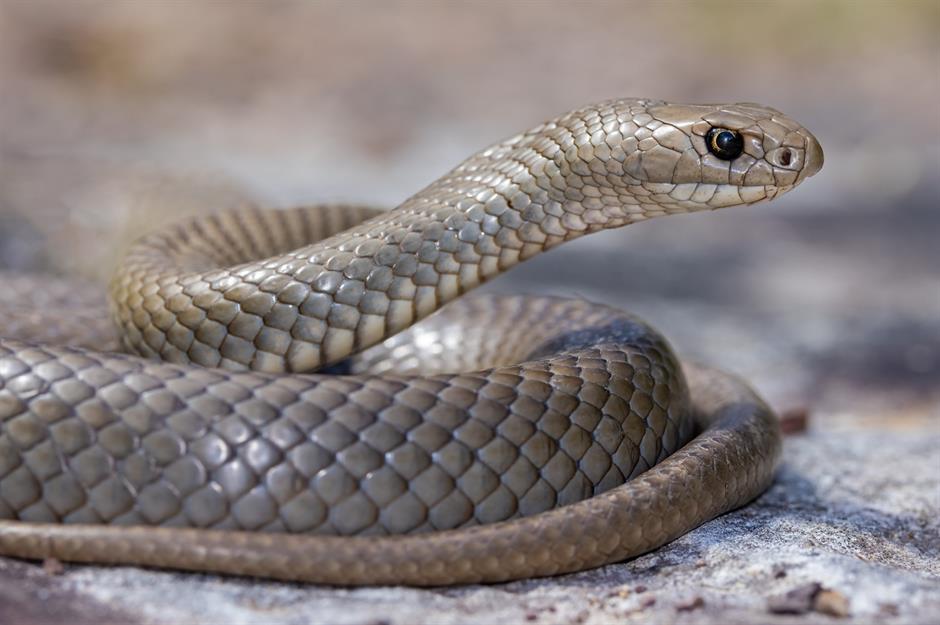
It isn't hard to see why snakes can prove divisive. With their long, scaly bodies and forked tongues, they can be quite an intimidating sight.
Around the world, there are countless species, with Australia home to the eastern brown snake (pictured) and the carpet python, to name just a few. However, there are no native snakes in New Zealand.
There are a variety of snake habitats around the world, including forests, deserts and woodlands, but since reptiles have no concept of borders, they can find their way into backyards.
How to get rid of snakes legally
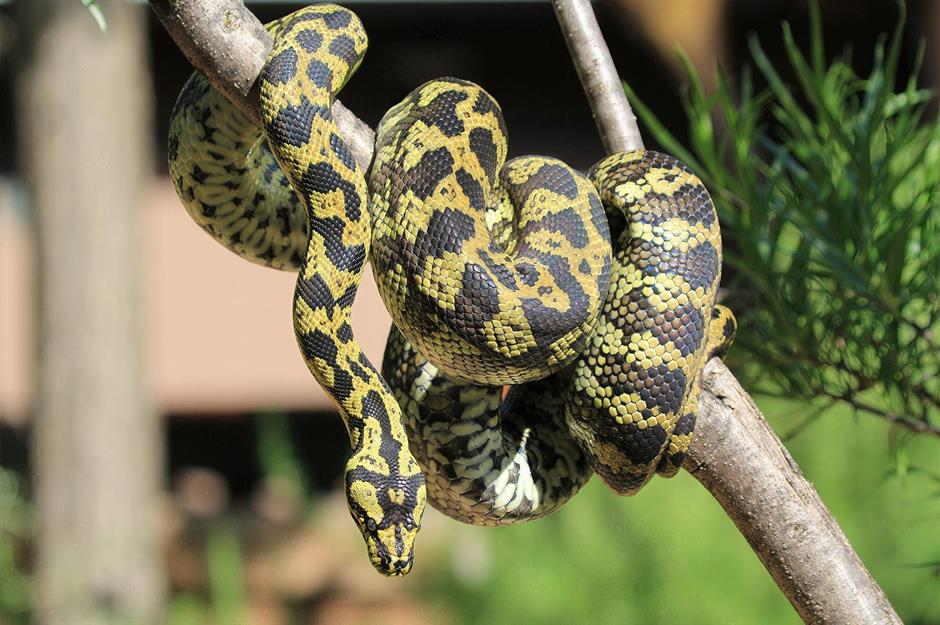
If you spot a snake in your garden, then you should keep your distance and wait for it to leave. Snakes generally do this in good time, so there shouldn't be any need for interference.
Snakes are protected by law in all states and territories of Australia. It's illegal to kill or harm a snake unless it's a threat to life. If you think you have a problem, call a professional and never attempt to deal with the snake yourself, as many species are venomous.
You can deter snakes with certain scents and foods, including cinnamon, onion, garlic and lime.
Loved this? Check out these handy home hacks and tips for a harmonious house
Comments
Be the first to comment
Do you want to comment on this article? You need to be signed in for this feature